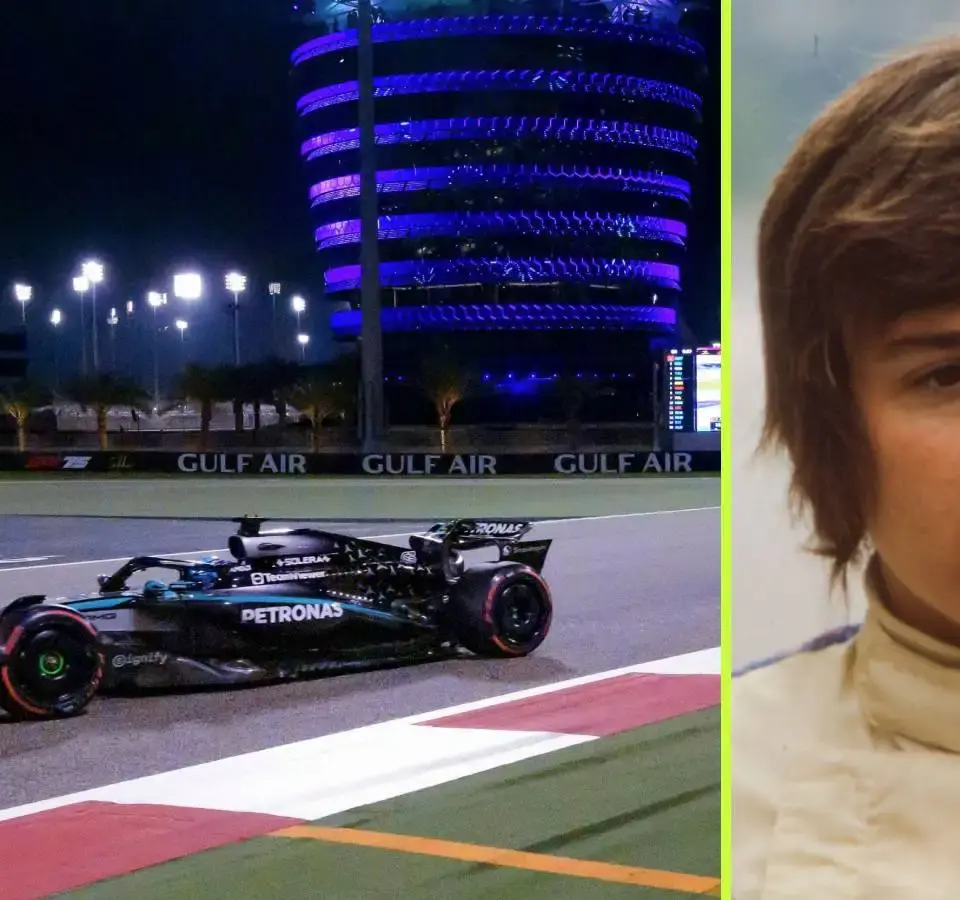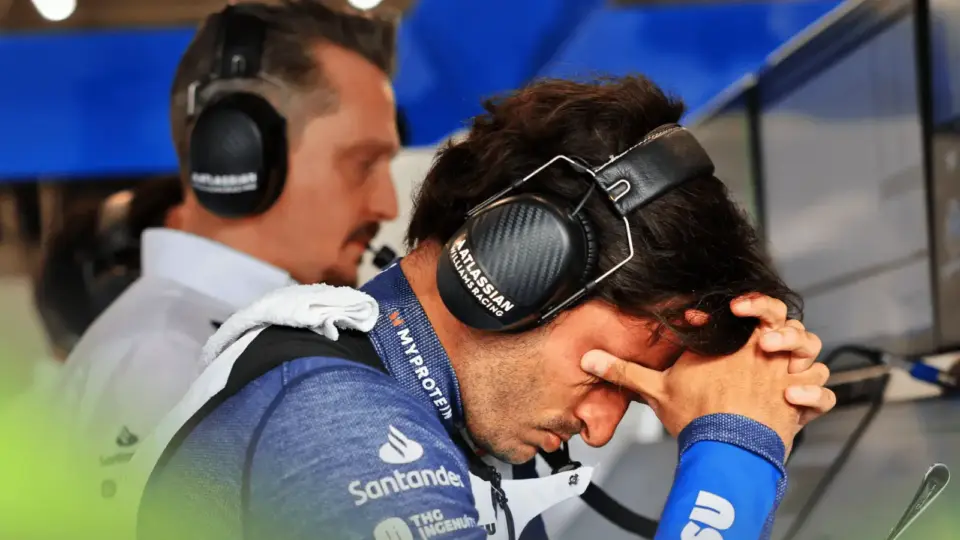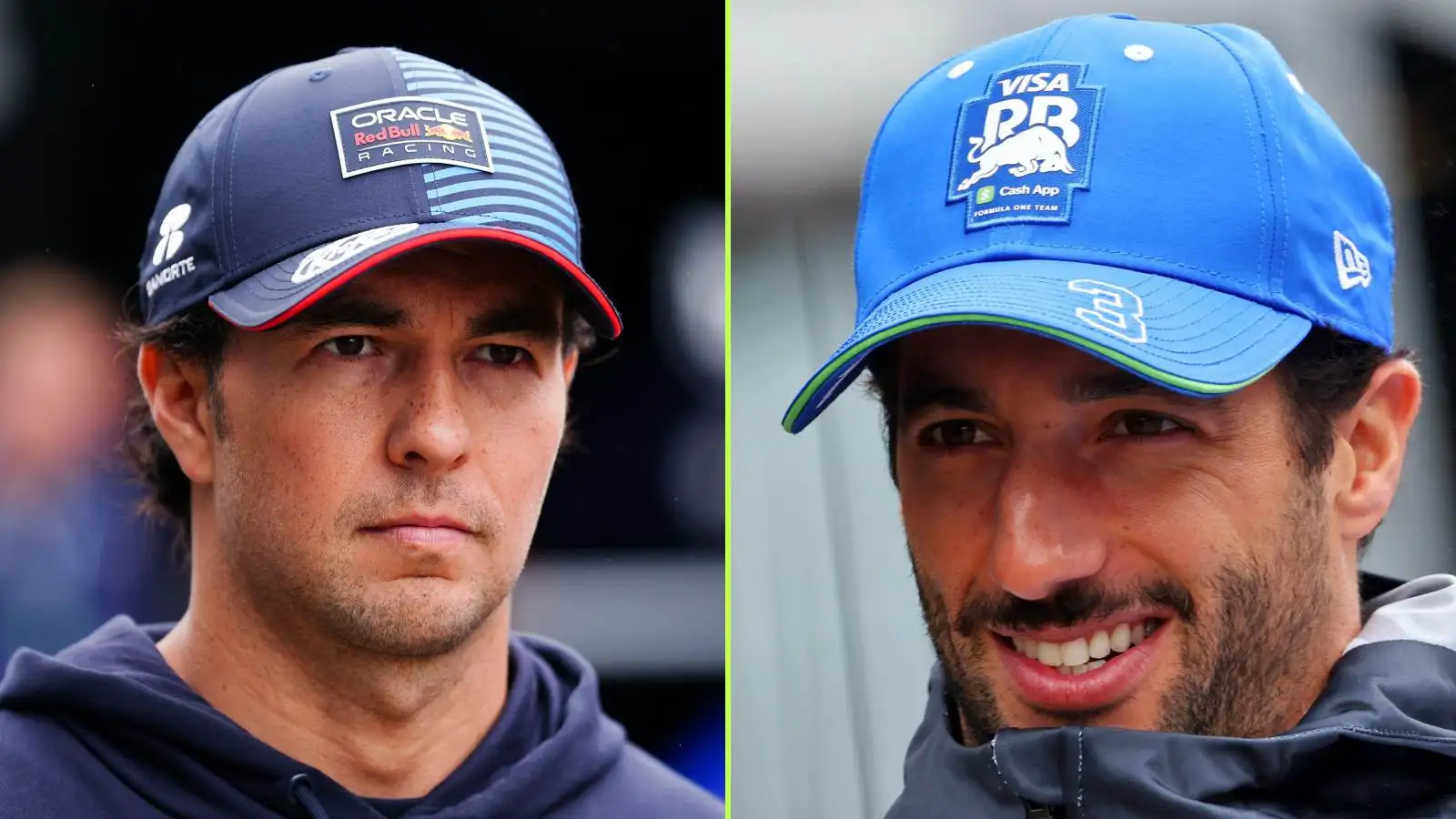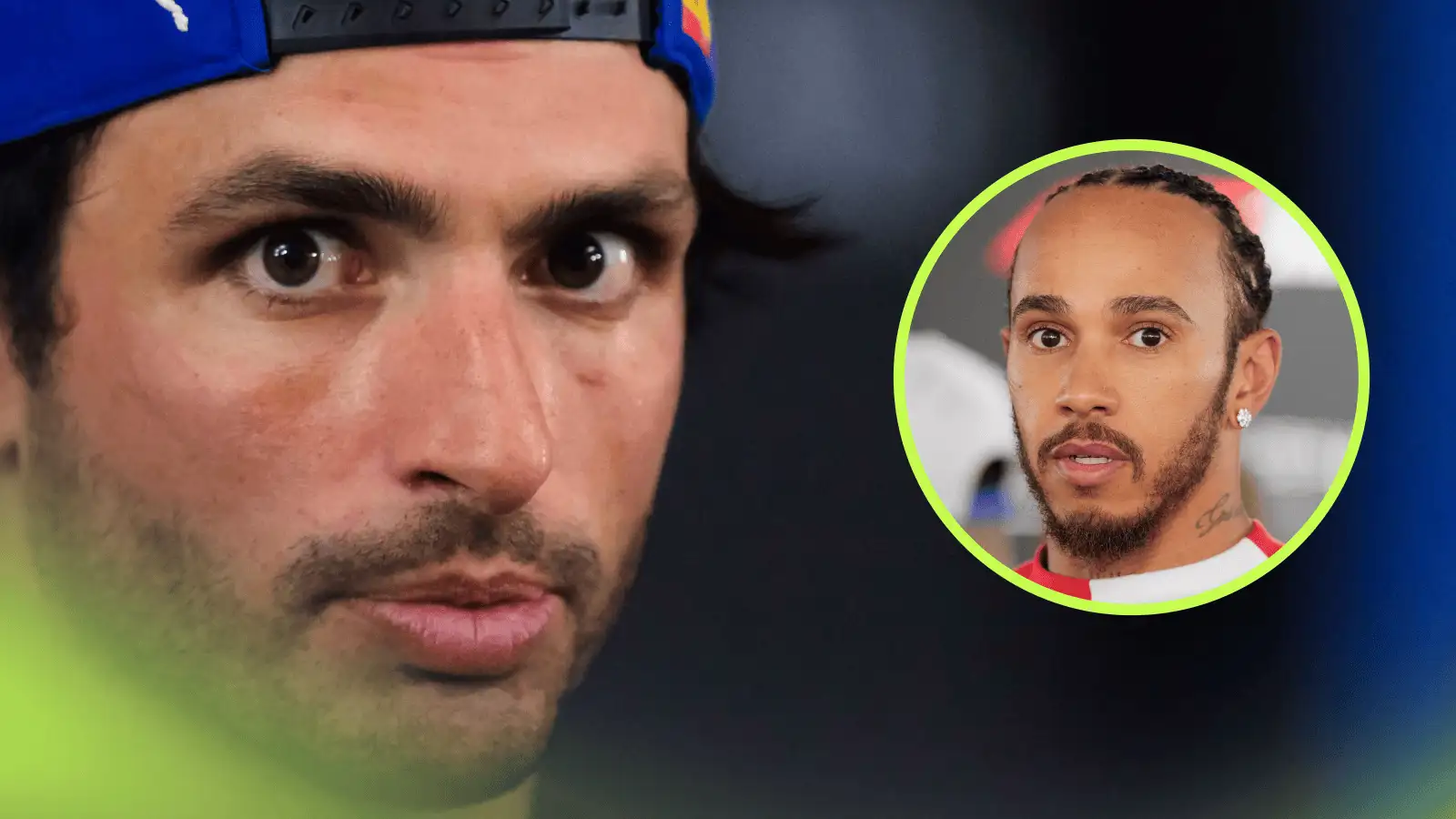At the heart of a significant push to break a longstanding barrier in Formula 1, Mercedes boldly claims it is on track to introduce the next female F1 driver. This assertive goal comes 50 years after Lella Lombardi’s historic points-scoring drive at the 1975 Spanish Grand Prix. With renewed vigor, Mercedes is not just speculating but taking concrete steps with its expanded junior driver program.
Mercedes’ determination is seen in the inclusion of three female drivers in its junior ranks for the 2025 season, an unprecedented commitment in its history. The effort is part of a broader push across motorsport to find and nurture female talent, aiming to replicate successes like those of George Russell and Kimi Antonelli.
The journey to uncovering new female racing stars is a path long tread, with initiatives like the W Series and F1 Academy leading the charge. Women like Susie Wolff, who transitioned from the racetrack to team leadership, have paved paths that Mercedes now aims to follow in their pursuit of excellence. Historical figures like Bertha Benz and Ellen Lohr highlight Mercedes’ rich legacy of female involvement in motorsports, with Lohr famously winning a DTM race. These narratives fuel their current ambitions to bring another woman to the front grid in F1.
The Mercedes program features promising talents such as Doriane Pin, Luna Fluxa, and Julia Montlaur. At just 14 years old, Luna made history as the first female to win an FIA karting championship since 1966. Doriane Pin, part of the F1 Academy and Iron Dames programs, has already shown prowess in endurance racing. Meanwhile, Julia Montlaur, the youngest in the lineup, embarks on her journey in karting, marking the start of a significant career in motorsport.
Gwen Lagrue, the driver development advisor at Mercedes, vowed that the team is steadfast in its mission to foster female talent, insisting their selections are based on merit, not marketing. The team’s efforts are strategically paced, ensuring that each candidate can mature within the sport. The growth seen in female participation is incremental, with Mercedes’ structured approach setting a precedent in the field.
Mercedes leverages platforms like the F1 Academy to boost exposure and development opportunities for women in racing. According to Lagrue, the program is not just about ticking boxes but genuinely harnessing talent and providing equal opportunities, similar to how current male drivers are honed. Looking ahead, Mercedes sees its program potentially setting a benchmark, where promising female drivers like Pin might secure top positions in racing events.
The initiative is not just another developmental path; it represents a larger movement towards inclusivity and excellence. With Mercedes at the helm, the aspiration is clear: to not only participate but to excel, breaking gender barriers that have long defined the sport. This vision is reinforced by their strong historical ties and recent strides, paving a promising road to future female champions in F1.
Mercedes’ commitment to integrating female drivers into Formula 1 underscores a broader vision of creating a more diverse and competitive racing environment. With strategic efforts and nurturing spaces, they are not just reshaping team dynamics but potentially the entire face of the sport. As female participation gains momentum, Mercedes appears poised to lead this new era of racing, where talent knows no gender.










